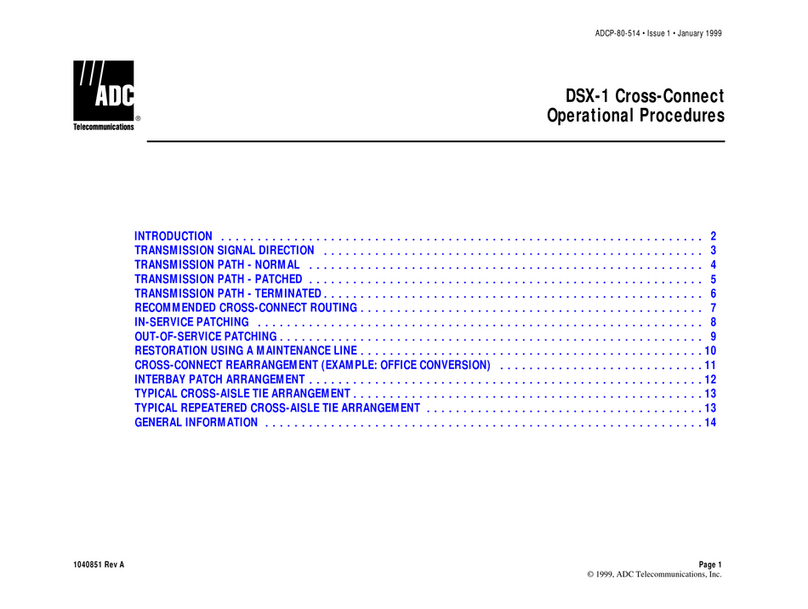2. LWIFI & LWIFIX OVERVIEW
LWIFI and LWIFIX are communication options for Laureate digital panel meters,
counters and remote displays (or meters for short). They fit into the middle slot that is
reserved for option boards. Both boards operate with the Modbus protocol and can
operate at high data rates, as documented in this manual.
LWIFI is a circuit board with an integral WiFi antenna. It is intended for WiFi applica-
tions where the meter can be mounted on a benchtop or inside a plastic enclosure
that does not block radio waves. It is ideal for communication distances of 30 m (100
ft) or less. It also includes a USB 2.0 port. Use of that port is required for board setup
using our Network Setup (NS) utility. That port can also be used for data transfer in
parallel with the WiFi data, and for meter programming using our Instrument Setup
(IS) software.
LWIFIXis an assembly which consists of a WiFi board, an external antenna, and an
antenna cable that is 760 mm (30”) long. This assembly is designed for WiFi appli-
cations where the meter is mounted inside a metal cabinet that would block radio
waves. By using an outside antenna over a ground plane, LWIFIX provides more
range than LWIFI. It provides the same USB port as LWIFI for programming and for
data transfer.
High data rates are a major advantage of the two WiFi boards compared to legacy
Laureate communication boards when used with data polling. The legacy communica-
tions boards, which include RS232, RS485, USB and Ethernet, are limited to about 2
updates per second when used in a polling command mode since they only operate
at up to 9600 baud and the same 8-bit processor performs multiple operations in
sequence. In the two WiFi boards, which are second generation, a more powerful on-
board processor polls the meter’s microcomputer board at 19200 baud at rates up to
60 readings per sec and stores this data in cache memory. The cached data can then
be read asynchronously by an external master every 10 msec at the maximum bit
rates allowed by WiFi or USB. Please see the Data Update Rates section of this
manual.
The Modbus protocol is used for all WiFi communications and USB data commu-
nications using the WiFi board. That protocol is a master-slave protocol, where a
master (typically a PC or PLC) issues commands, and a slave (or instrument)
responds to these commands, for example by supplying data. The protocol is named
Modbus RTU when used with USB and Modbus TCP/IP when used with WiFi or
Ethernet. The command set is the same, as documented in the Modbus Implemen-
tation section of this manual. WiFi or Ethernet do not support communications with
Laurel’s Custom ASCII protocol. However, that robust protocol is used for internal
communications between the WiFi board and the microcomputer board of the host
meter.



























